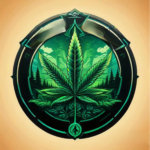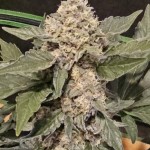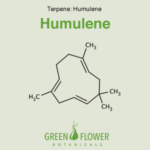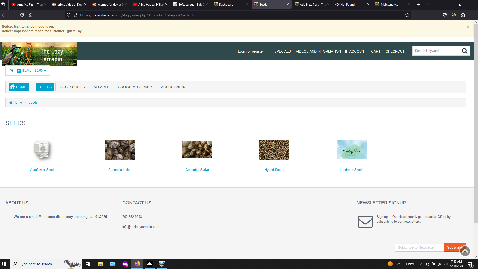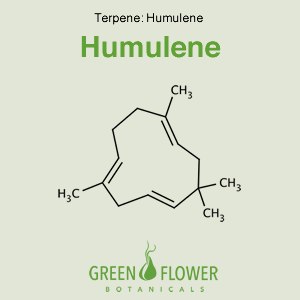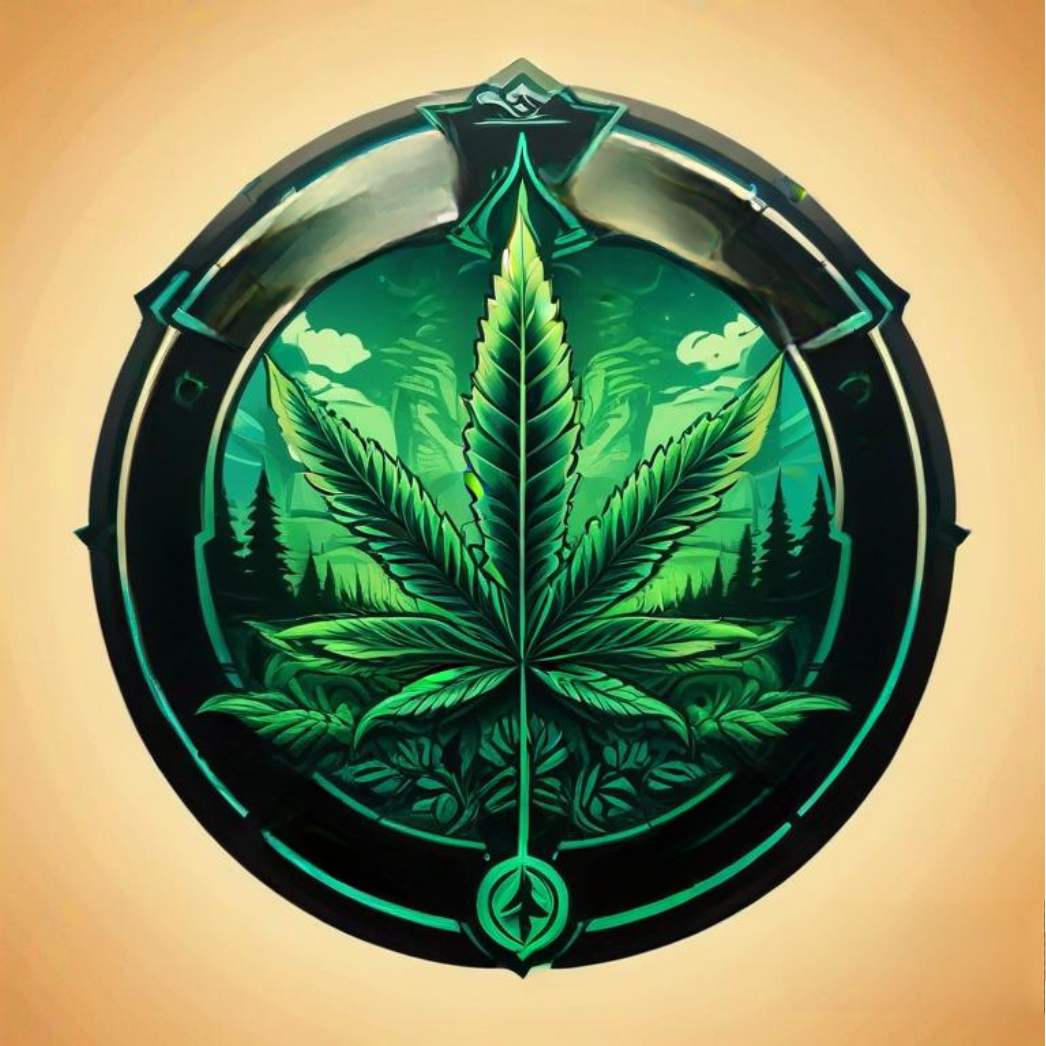How Cannabis Helps Glioblastoma Patients: What I’ve Learned Firsthand
Glioblastoma isn’t just a diagnosis. It’s a war.
For those of us living with it—or walking with someone who is—we know the battle doesn’t end after surgery or chemo. It’s daily. It’s brutal. And it’s often lonely.
So I want to talk about something that gets whispered about a lot, but deserves open discussion: cannabis.
Not as a miracle cure.
Not as false hope.
But as a tool—one that, in the right hands and with the right information, can help.
Let’s Start With the Basics: What Cannabis Actually Does
There are two main compounds in cannabis that matter for us:
THC – the one that gets you high, but also helps with pain, nausea, appetite, and sleep.
CBD – doesn’t get you high, but helps with anxiety, inflammation, seizures, and possibly even cancer cell death.
Together, they can do a lot more than just “relax” someone. For a glioblastoma patient, cannabis can:
Reduce the nausea from chemo
Stimulate appetite when food tastes like metal
Calm anxiety before a scan or after a hard day
Ease pain without needing more opioids
Help us sleep when our brain won’t shut off
That alone is a lifeline.
But What About Cancer-Fighting Effects?
Here’s where things get interesting—and still experimental.
Studies (mostly in labs and mice, not humans yet) have shown that THC and CBD may:
Slow down the growth of glioblastoma cells
Trigger tumor cells to self-destruct (apoptosis)
Block blood supply to the tumor (anti-angiogenesis)
Make chemo work better, especially when combined with temozolomide
Help radiation therapy hit harder
One UK study in 2017 tested this in real GBM patients. Those who took a balanced THC/CBD formula along with chemo survived longer than those who didn’t.
It’s not proof. But it’s not nothing.
So, Is It a Cure? No. But It’s Something.
Cannabis will not cure glioblastoma.
It’s not a replacement for radiation, chemo, or surgery.
But for many of us, it’s a way to stay human through the fight.
It gives us:
Appetite when we’re fading
Rest when we’re breaking
Calm when the fear floods in
And maybe—just maybe—a biological edge against the cancer itself
That’s worth talking about.
A Few Honest Warnings
Talk to your doctor. Some meds don’t mix. Chemo especially.
Start low, go slow. Cannabis isn’t harmless, especially if you’re sensitive to THC.
Don’t buy junk. Use medical-grade products. No street stuff. You want precision, not guesswork.
Know your state laws. What’s legal in one place may be illegal in another.
Final Word: This Is About Survival With Dignity
Glioblastoma tries to take everything.
Cannabis isn’t the answer to all of it, but it helps hold the line.
For me, it’s part of the plan.
Not out of desperation—out of strategy.
Pain relief, sleep, hunger, clarity, strength.
If a plant helps bring even one of those back into my day, then I say it’s worth it.
No shame. No hype. Just truth.
—Josh
Sources & Further Reading
National Cancer Institute – Cannabis and Cannabinoids (PDQ®)
https://www.cancer.gov/about-cancer/treatment/cam/patient/cannabis-pdq
Velasco G. et al. (2016). Cannabinoids and Gliomas
Molecular Neurobiology
https://doi.org/10.1007/s12035-015-9541-4
Twentyman P. et al. (2017). A Phase 1b Randomized, Placebo-Controlled Study of Sativex® With Temozolomide in Recurrent Glioblastoma
British Journal of Cancer
https://www.nature.com/articles/bjc2017201
Scott KA et al. (2014). Enhancing the Anticancer Effects of Cannabinoids With Radiation and Temozolomide in Glioma
Molecular Cancer Therapeutics
https://doi.org/10.1158/1535-7163.MCT-14-0402
Frontiers in Pharmacology – Cannabinoids in Glioblastoma Therapy (2021)
https://www.frontiersin.org/articles/10.3389/fphar.2021.682731/full
National Academies of Sciences (2017). The Health Effects of Cannabis and Cannabinoids
https://nap.nationalacademies.org/catalog/24625/the-health-effects-of-cannabis-and-cannabinoids-the-current-state



